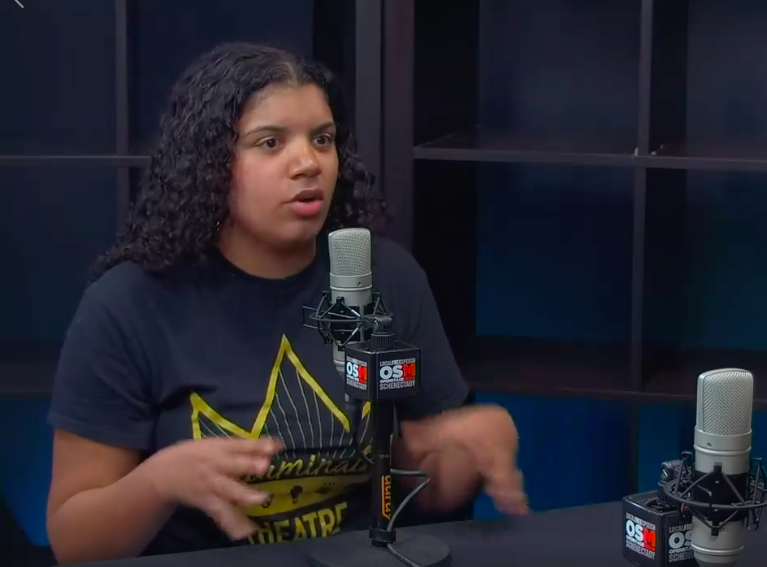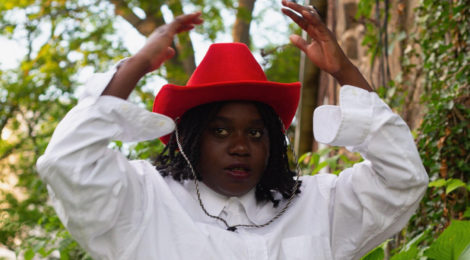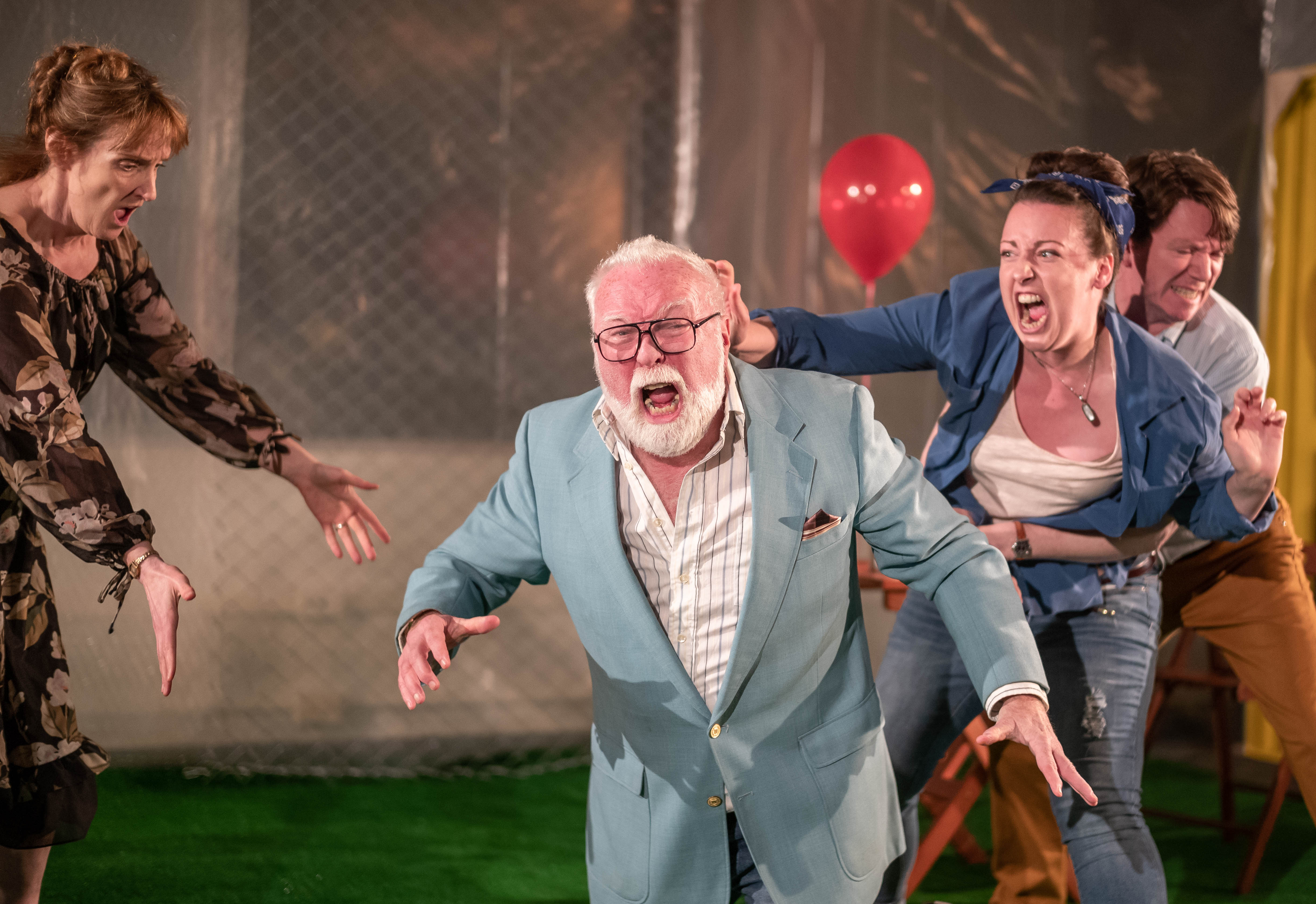On April 23, 2017 I performed my first one-woman show, “Dear Lil.” “Dear Lil” was a reflection of my time at Russell Sage, my life growing up as a child of mixed race and my experience with race and racism throughout life. Specifically, “Dear Lil” unpacked my time at Sage, where I had struggled to carve out a space for myself as a young woman of color.
“Dear Lil” took about a year and a half to write. During that year I attended a masterclass with Broadway actress Lynnie Godfrey, whom would later be a great mentor to me. During that masterclass she recalled her time in college, where she also experienced a lack of opportunities for people like us. There, she was told to create space for herself where there wasn’t any. This had quickly become the theme of my project:, I hoped to create a space for the women who would come after me, hence the title, “Dear Lil,” or Dear Lil Sister. I wanted to leave Sage feeling like I left something behind.
After the show, I held a talk-back where people could comment on or ask questions about any of the topics they had heard in the show. This was also a space where anyone could share their similar stories. When the show closed people began asking me if I planned on creating more shows like “Dear Lil,” and where they could find more spaces like the one we had created there. I didn’t have the answer that day, but a few months later “Illuminate” was born as a direct result of “Dear Lil.”
At the first showing of “Illuminate” on Aug. 22, I was met with the same question, “Will you be doing more shows like this one?” So, in September, I put on “Illuminate” for the second month in a row. Now, there has been an Illuminate Theatre Cabaret every month for over a year and a half. During this time I have had many personal and public conversations about race, held interviews about the work we are doing and discussed the future of the project. The one thing that has come up repeatedly in these discussions is the fact that “Illuminate” has created space for actors of color in the Capital Region where there previously wasn’t enough. The actors I work with make a conscious decision every month to share their stories through theater, and create art that hasn’t been previously seen before. This is a beautiful thing, but it makes me wonder: What do we do now?
What do we do once we have successfully created our own space? There are now three successful black-owned theater companies in the area. Callaloo Theater run by Karen Christina Jones, who focuses on female playwrights, women’s rights issues and the LGBTQ+ community. The Black Theater Troupe of Upstate New York run by Jean-Remy Monnay, which focuses on lots of historical and political theater, as well as “Illuminate.” Together we have been able to create a large platform for actors of color that has provided a wide perspective of the “black experience” through theater. Through our companies we have shared our stories and the stories of others on a grand scale.
In Manhattan, I am apart of another group, The Essence of Acting, which focuses greatly on honing the craft of the actor, specifically actors of color. As a group, we have built a community of like-minded performers. In turn, actors of all backgrounds and levels of experience have had the opportunity to grow and learn together. In this space we have created support that we may not find elsewhere.
In both Albany and New York I have found spaces that promote and encourage the work of black actors. In collaboration with other artists in these groups I have accessed opportunities that I may not have had by any other means. Before creating and joining these groups I did not feel like there was anywhere else for me to grow and work as an actress in this way. Which brings me back to my original question: We as theater creators have successfully created more opportunity for ourselves. Now that we’re here, what do we do next?
In a casual conversation the other day, a friend advised I just keep doing my own thing and let them do theirs. Them being companies that are taking up space in different ways. Them being people that have different goals and or missions that don’t always align with those of my company or the groups I am apart of. This conversation led me to wonder if there is a different option.
Is it possible to combine the knowledge we have gained from creating our own work in our separate arenas to enrich the entire artistic community? Is it necessary? If we all just do ours, will our growth be limited? I’d like to think a conversation—sharing thoughts or divergence of paths—could benefit everyone. Is there a time when we must open ourselves up to the ideas of others and use their differing perspective to improve the spaces that we have created for ourselves?
Honestly, I don’t know.





